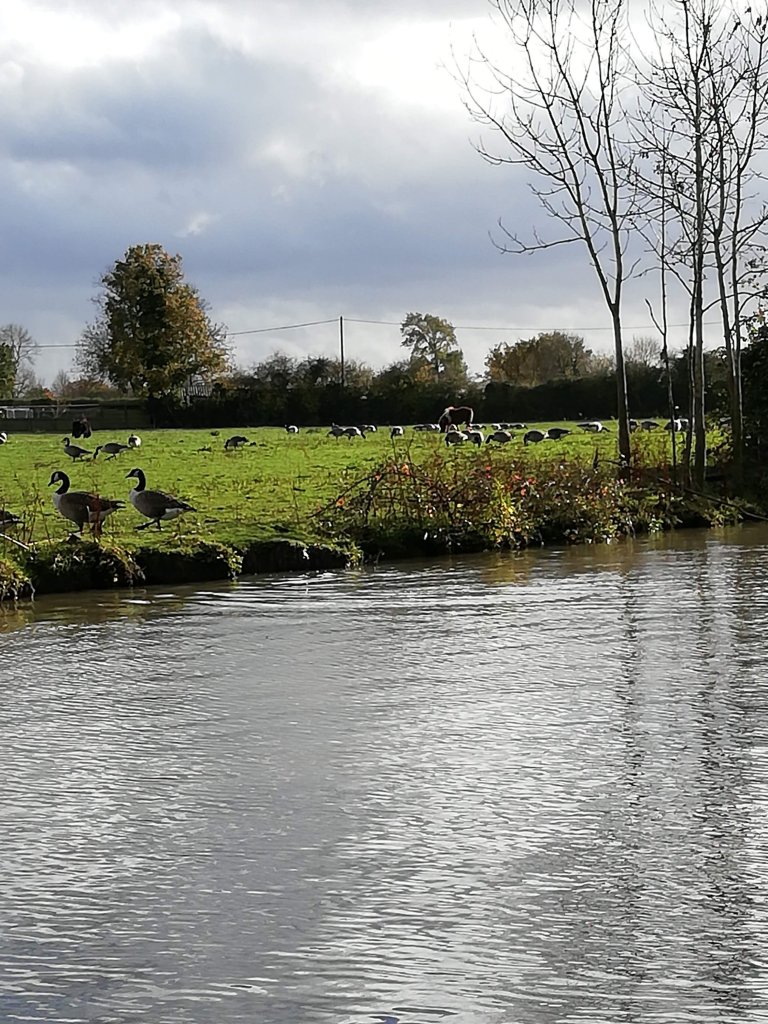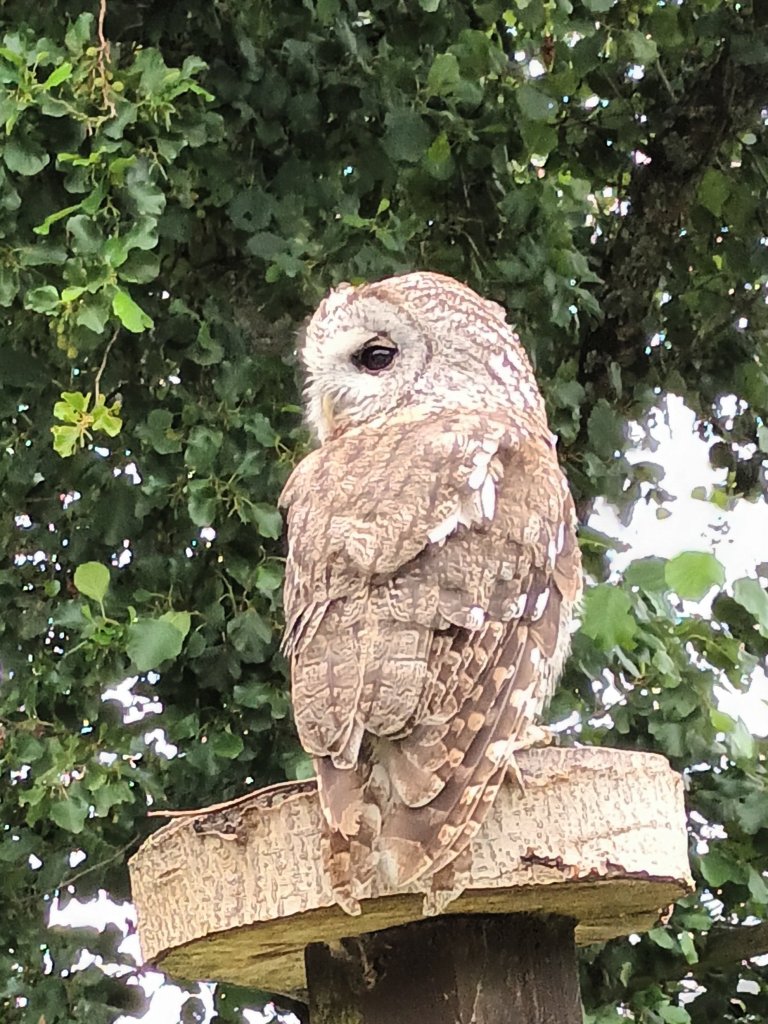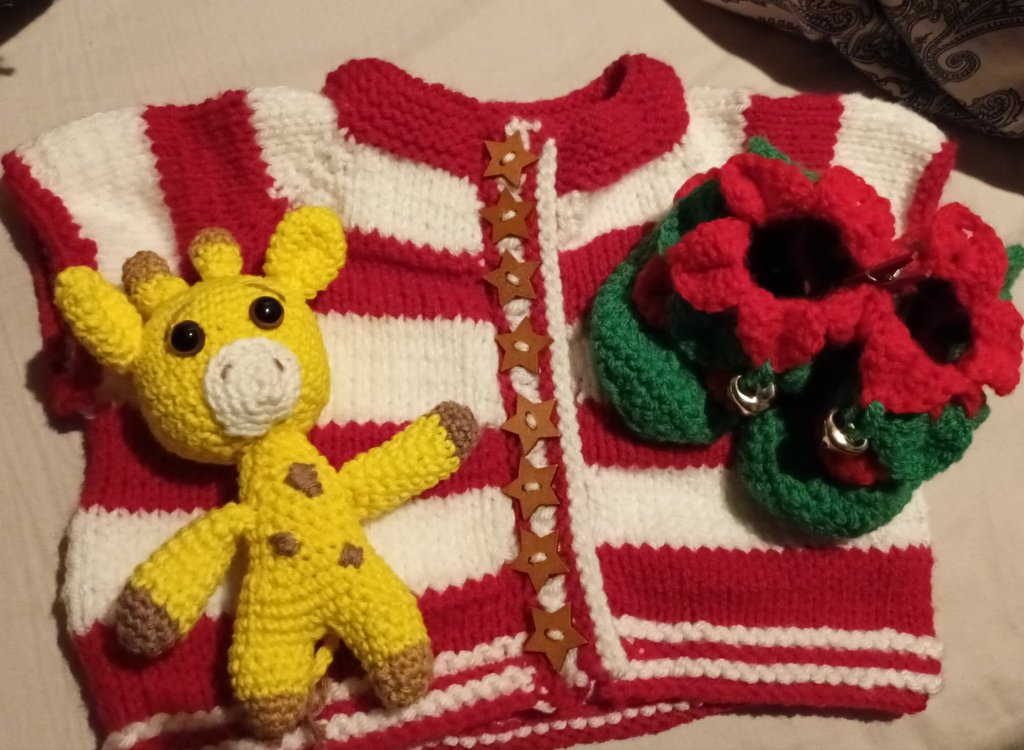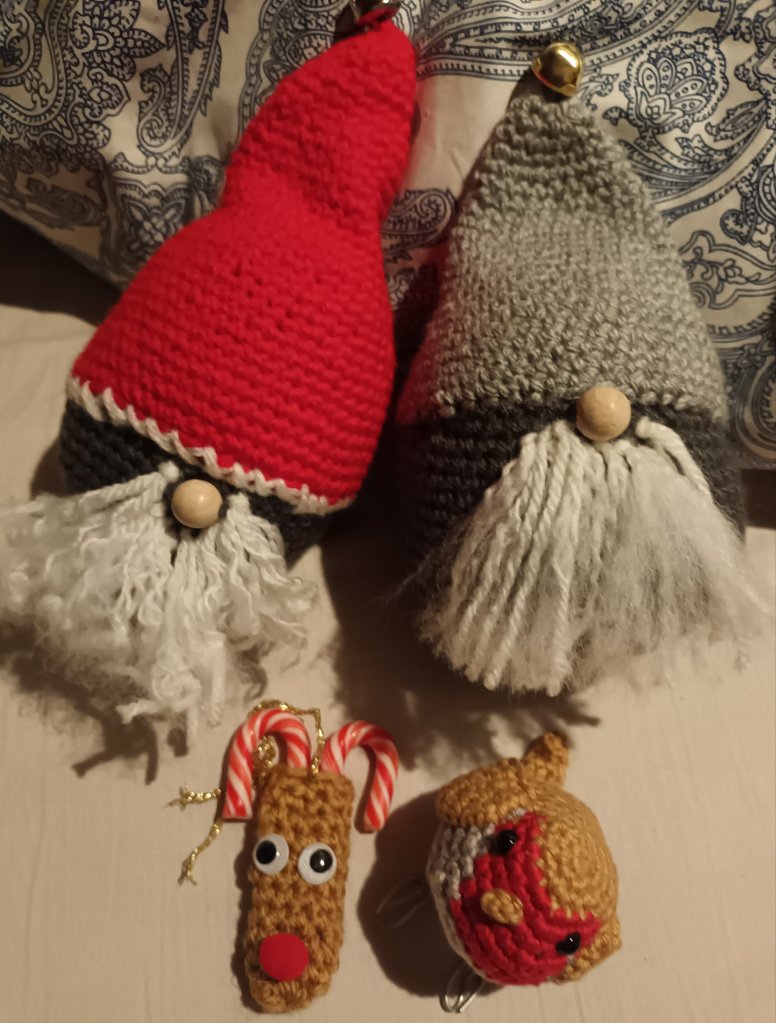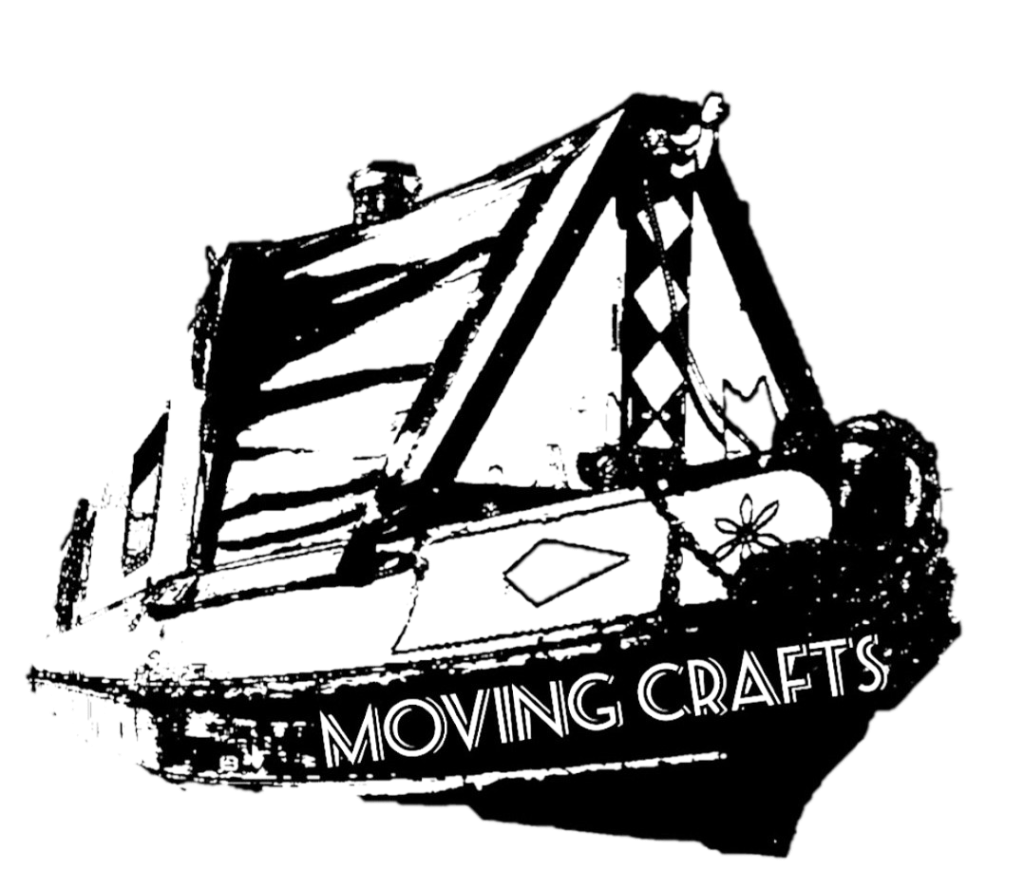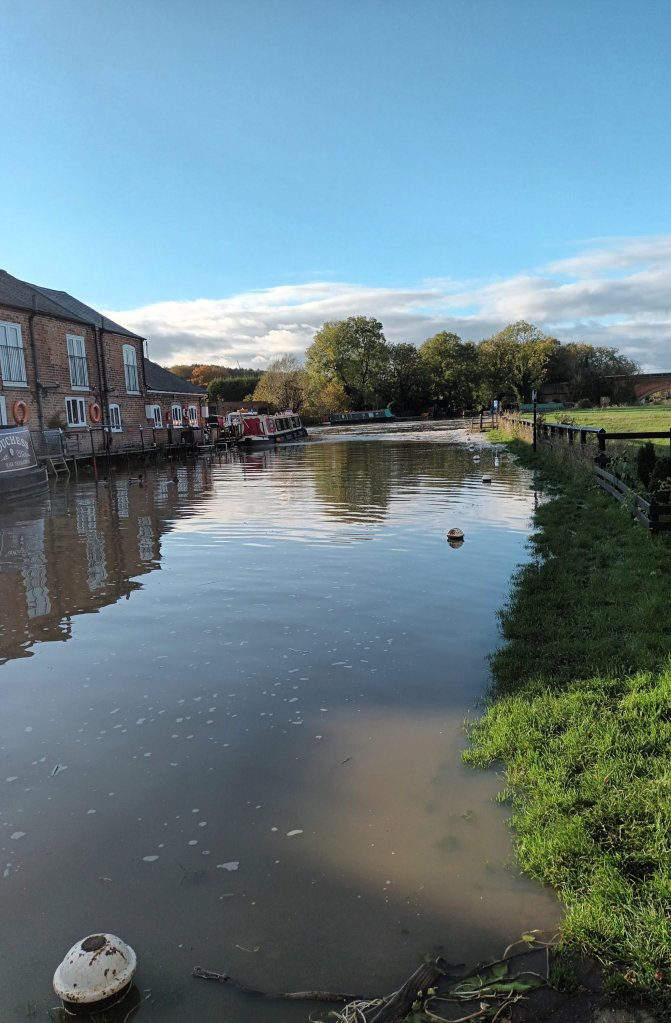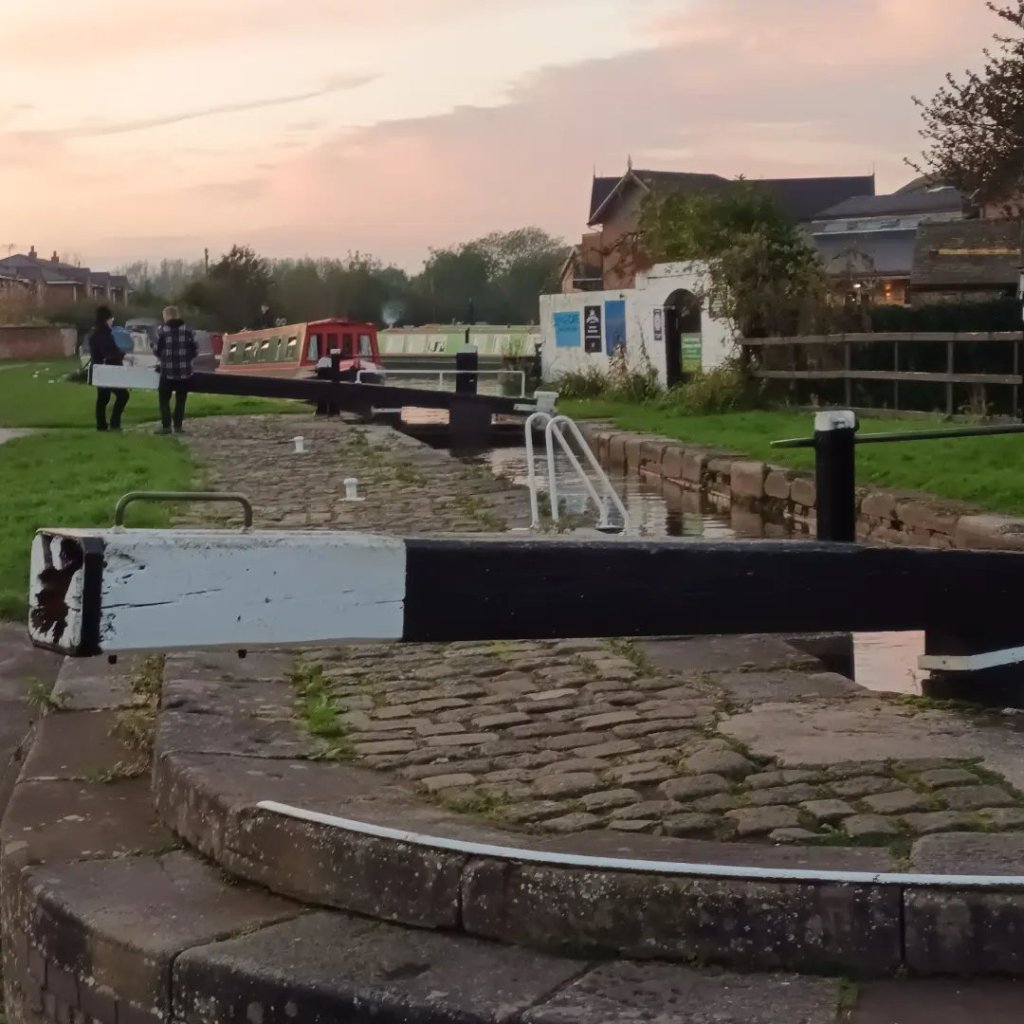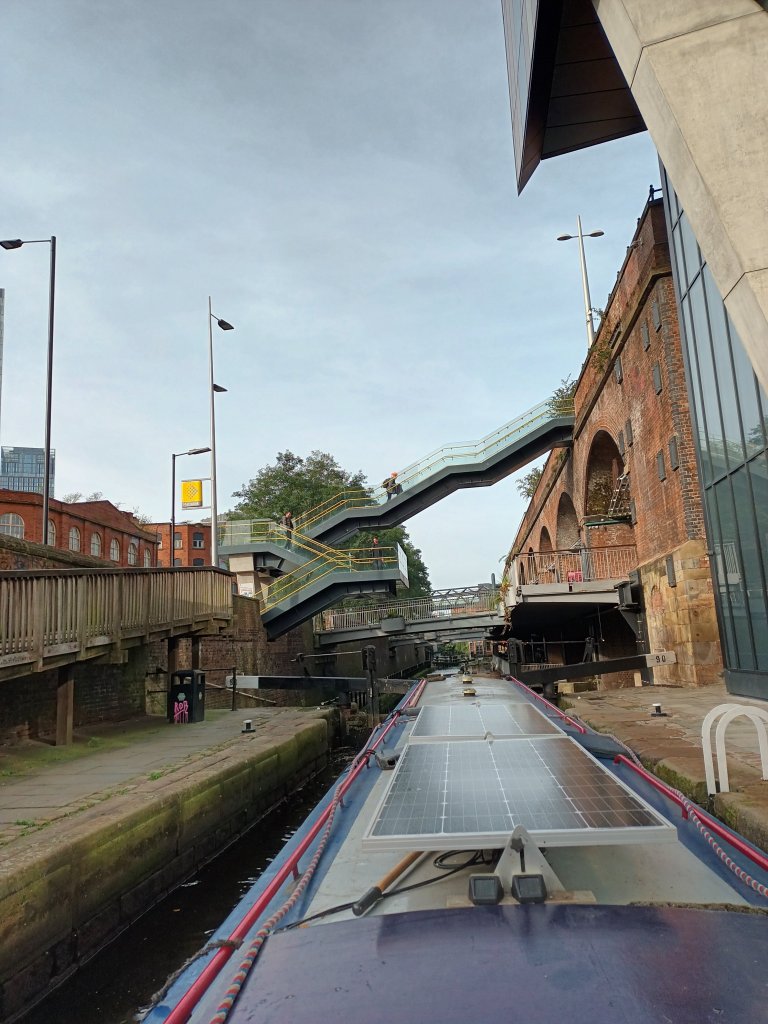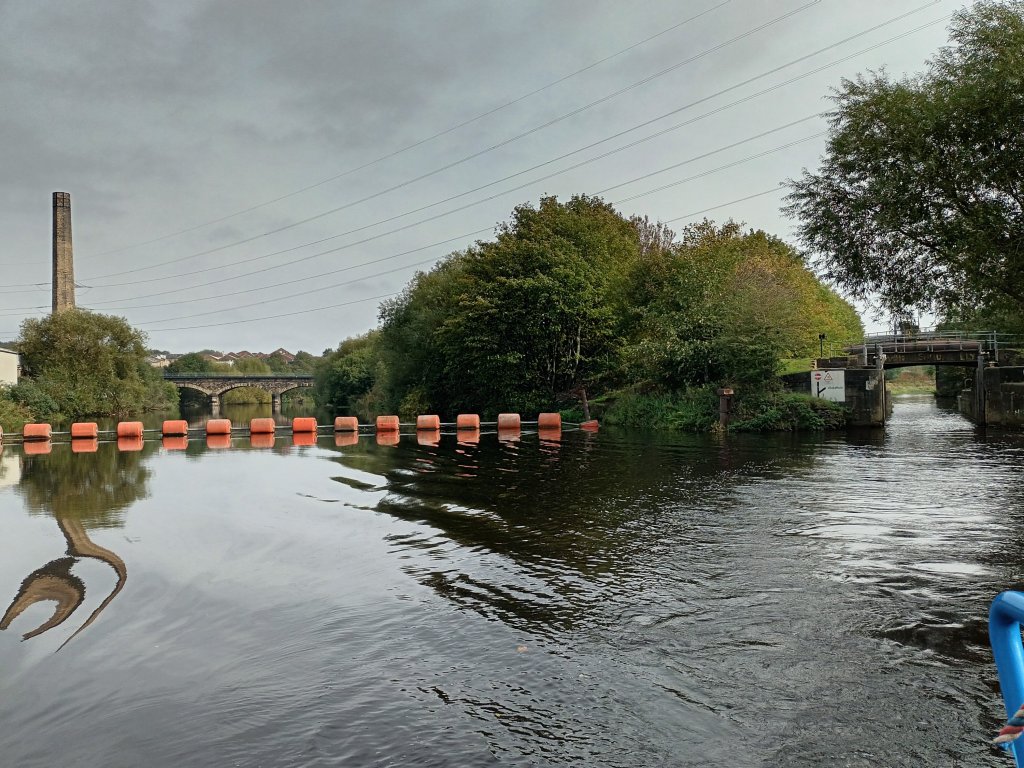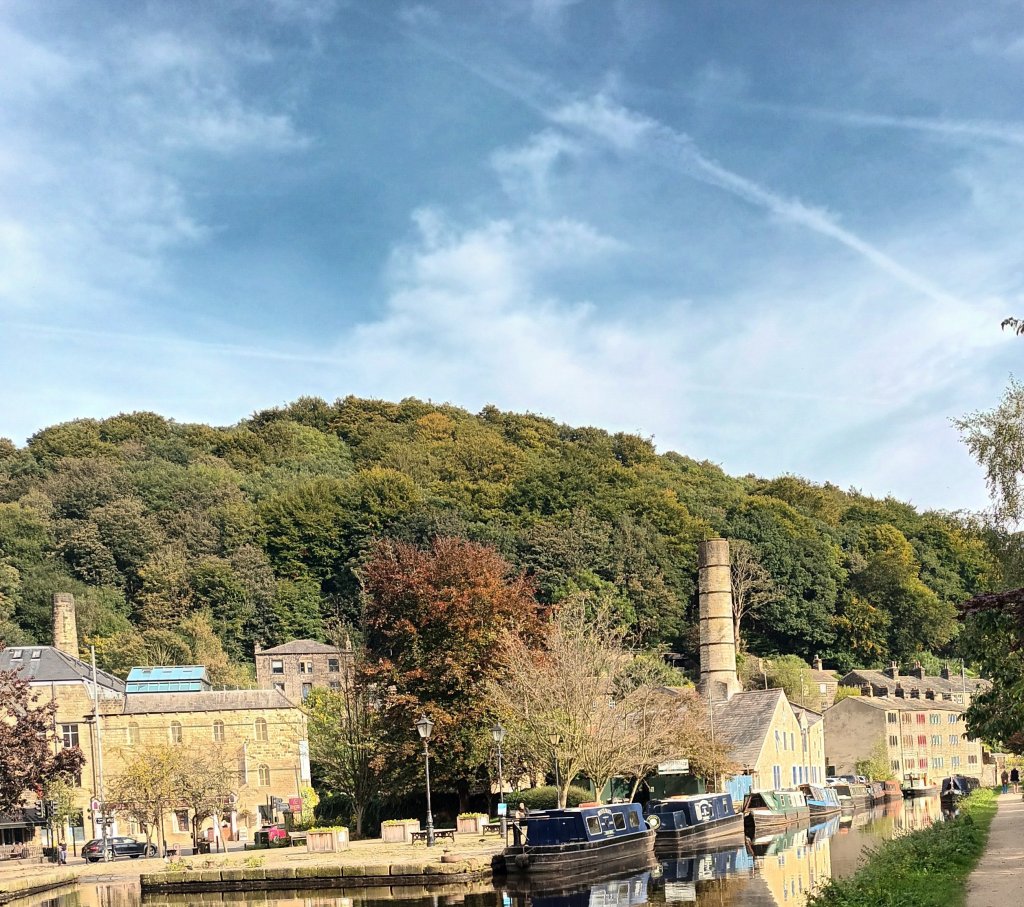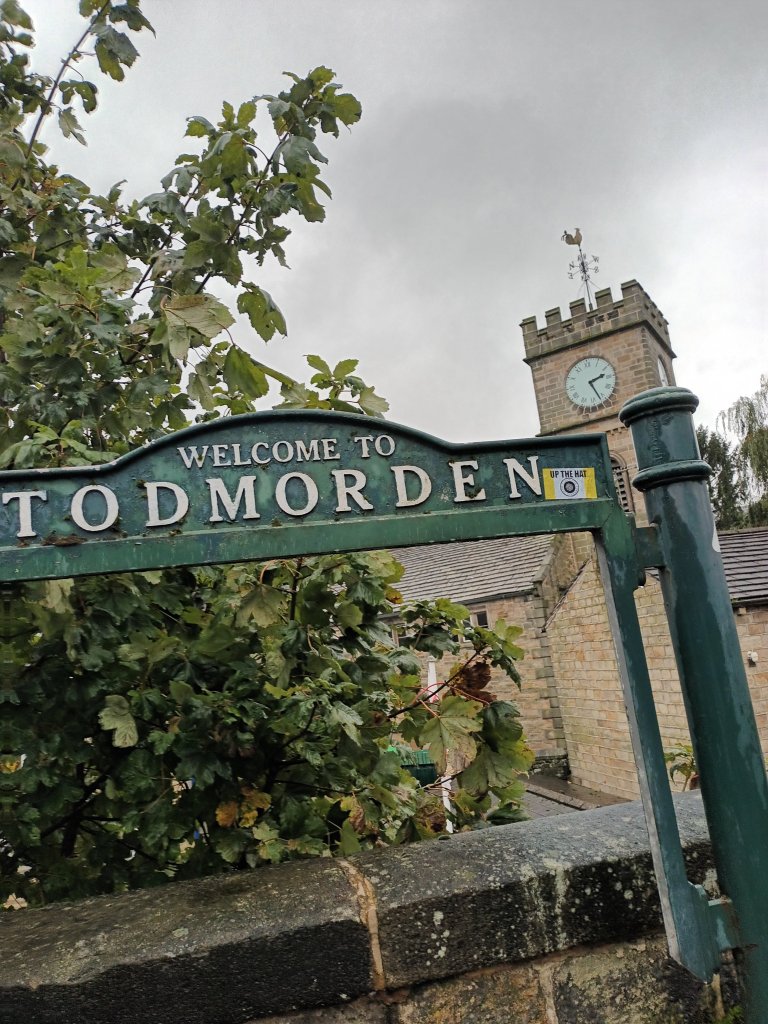As well as the perennial “Isn’t it cold on board?” many people say they couldn’t move onto a boat because of their books.

When we first moved afloat our books were a massive stumbling block, books from childhood, books from academic life, literature we grew up with, those books that drew us back time and time again, and those that formed a fundamental part of us, like Steve’s entire Arthur Ransome collection of which he had two sets – one bequeathed and one gathered over years. We couldn’t fit them all on a 50ft home if we were to live there with them, but we couldn’t get rid of them. What were we to do with these much-loved friends?
Some books were easy donations to charity shops and second-hand book stores, friends, former colleagues, and family, but not as many as we hoped went this way. The rest were divided into two piles – keep and reread before making a decision. We spent a very happy time rereading, and that helped the charity shop pile to grow but still left an alarming number of books to keep. Some were paperbacks, some big hardbacks. Size matters on a boat, but it didn’t make life any easier. There was the world cookbook my late brother gave me, a weighty tome which has his inscription to me on the flyleaf. I can’t part with it, but as a sailor, he would have understood my recognition that it cannot come aboard. But it must be kept. Every book in storage costs so those we are storing we have to love, and to be reunited with one day, either by making more space on the boat (perhaps by saving up for Kev Kyte and his wizard welders to expand our boat by a library), or if we return to bricks and mortar at some point.
We finally put just 8 boxes of books into store (one box of Arthur Ransomes). We have two book cases on board that have to double as storage as well as homes for books. The second set of Arthur Ransome’s reside under the bed (if I’m honest I’m not sure why – maybe they feel at home there)!
What makes this even harder is that we keep acquiring books and reading books, and the canals help us with this. Book exchanges exist across the network, in lock keeper’s huts (like at the Atherstone and Hillmorton flights – T&M and Oxford), toilet blocks (Norbury Junction, Willington and too many more to mention across the network), ex-telephone boxes all over the place (like at Crick near the shop), and in some cases (Stoke Golding on the Ashby, Berkhampstead on the GU) outside houses near the canal. Every one has gems that call out to be brought back and explored, that give us new ideas, new thoughts, new journeys, that terrify, amuse, have us laughing out loud or trembling under the covers hoping the doors are all locked!

This year I’ve read hundreds of books, and there are always books my wish lists. I’m just finishing this year’s wonderful October birthday gifts. Raynor Winn’s The Salt Path is another story of a couple who were made homeless through trust. They found themselves without a home and facing a medical death sentence. Their story as nomads, walking the coast, is as inspiring and full of hope as it is haunting. Descriptions of nature and its power are familiar, even though the setting is far from us. The reactions of people to them make you question which you would be and which you would want to be – ignorer, giver, aggressor. Winn’s writing has changed how I see those with homes on their backs. It is a book that has made me try to be a better person.

Books change how we behave and act.
Some books are sheer escapism and utterly bonkers like another birthday delight – Jonas Jonasson’s The Hundred-Year-Old-Man who climbed out of the window and disappeared. It gives me hope that proper old age doesn’t have to be boring! Criminals, murder, a 5-tonne elephant named Sonya, incompetent police and even marriage await the centenarian prepared to head off in search of adventure (and vodka).
Mary Colwell’s Curlew Moon has made me tread more carefully on my path, setting me actively planning to head back to the sections of the Leeds and Liverpool Canal, where the distinctive call of the curlew and their unmistakeable outlines abound. Learning more about these delicate ground-nesting birds and their fight for survival keeps me to paths with Boatdog firmly on a lead at nesting times.
Books change our behaviours, thoughts, and understanding.
Living on a boat changes people too. It makes us more generous. We know we can’t keep every book but we can read, enjoy, benefit and then share them for them to wreake their magic on others.

This year on board we will indulge ourselves in the Icelandic tradition on Christmas Eve of Jolabokflod. We will give each other books and experience the joy of reading together in the cosy warmth of the stove. [We don’t have the entire family on board for Christmas – that could be a bit crowded but this year’s family Christmas doesn’t start until 26…we are unique!].

We can’t get up to the amazing Barter Books on our narrowboat to find books for each other from there, but this year we are close to the astonishing Astley Book Farm near Bedworth (thanks @nbmomentous), so we’ve been there to find festive delights for each other. We each chose for ourselves and then bought the other’s choice as well as choosing a surprise for the other! What would you choose?

As a result, our Christmas afloat with just the two of us and Boatdog will be as indulgent as two bibliophiles could wish.
📚 + 🍷/🍺 = ❤️










